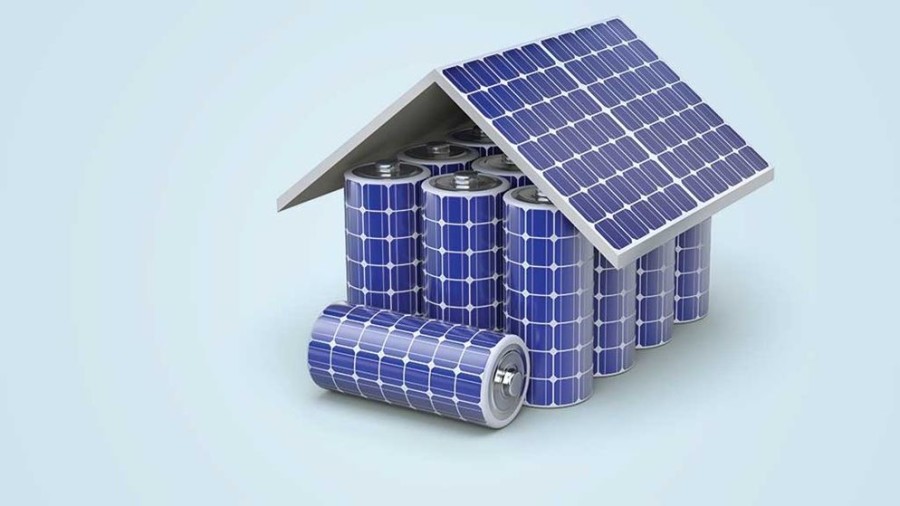The predominantly sunny weather here in Australia is the main reason many people decide to go off-grid and power their homes with solar energy. After all, besides the initial costs of installing a solar system, solar energy is the cheapest, most abundant energy source. But considering how it’s only available as long as the sun shines, you need to find a way to store some of that energy for the rainy days, literally. And the only way to do so is by connecting a battery bank to your solar system. So, if you’re wondering which batteries are the most suitable for a solar system, here’s a quick guide.

Lead Acid
You are probably very familiar with lead acid batteries, as they are the same type of battery you have in your car. The only difference is that the battery solar system uses is usually much taller. Although they may be bulky and ugly, lead-acid batteries are also dependable and tested, being used in off-grid Aussie households for decades. The lifespan of these batteries ranges from 2-8 years, depending on how often you charge and discharge them. Their depth of discharge is around 60%, which means that you should only use 60% of their capacity or you’ll reduce their lifespan.
Lithium-ion
As the electric car industry continues to evolve, so do lithium-ion batteries. However, the electric car industry isn’t the only one that can benefit from these batteries – so can homeowners and businesses with solar systems. Although more expensive than lead acid, lithium-ion batteries are very close to becoming the most popular solar batteries. This is due to the fact that they have a deeper discharge rate and a longer lifespan. To illustrate, lithium-ion batteries allow for 80% discharge and can have a lifespan of 13-18 years.
Flow
When looking for a battery solar system owners can benefit most from – this is it. Although the technology used to make them has been around for years now, flow batteries are relatively new on the market. They consist of a water-based solution of zinc-bromide that flows freely between two tanks, which is how their name originated. Because of this innovative technology, a flow battery allows for a 100% depth-of-discharge. They can also sit for long periods of time with 0% without degrading and can tolerate extreme heat up to 50oC.
Sodium Nickel Chloride
The newly developed sodium nickel technology is another competitor for the best storage battery for solar energy. Due to its unique components, this solar battery has significant environmental and safety benefits. It’s fully recyclable, free of toxins and dangerous chemicals, and poses no fire threat. The sodium nickel chloride battery requires no internal cooling system like larger lithium-ion batteries do. Its only disadvantage is that it has a shorter lifespan than lithium-ion batteries.



